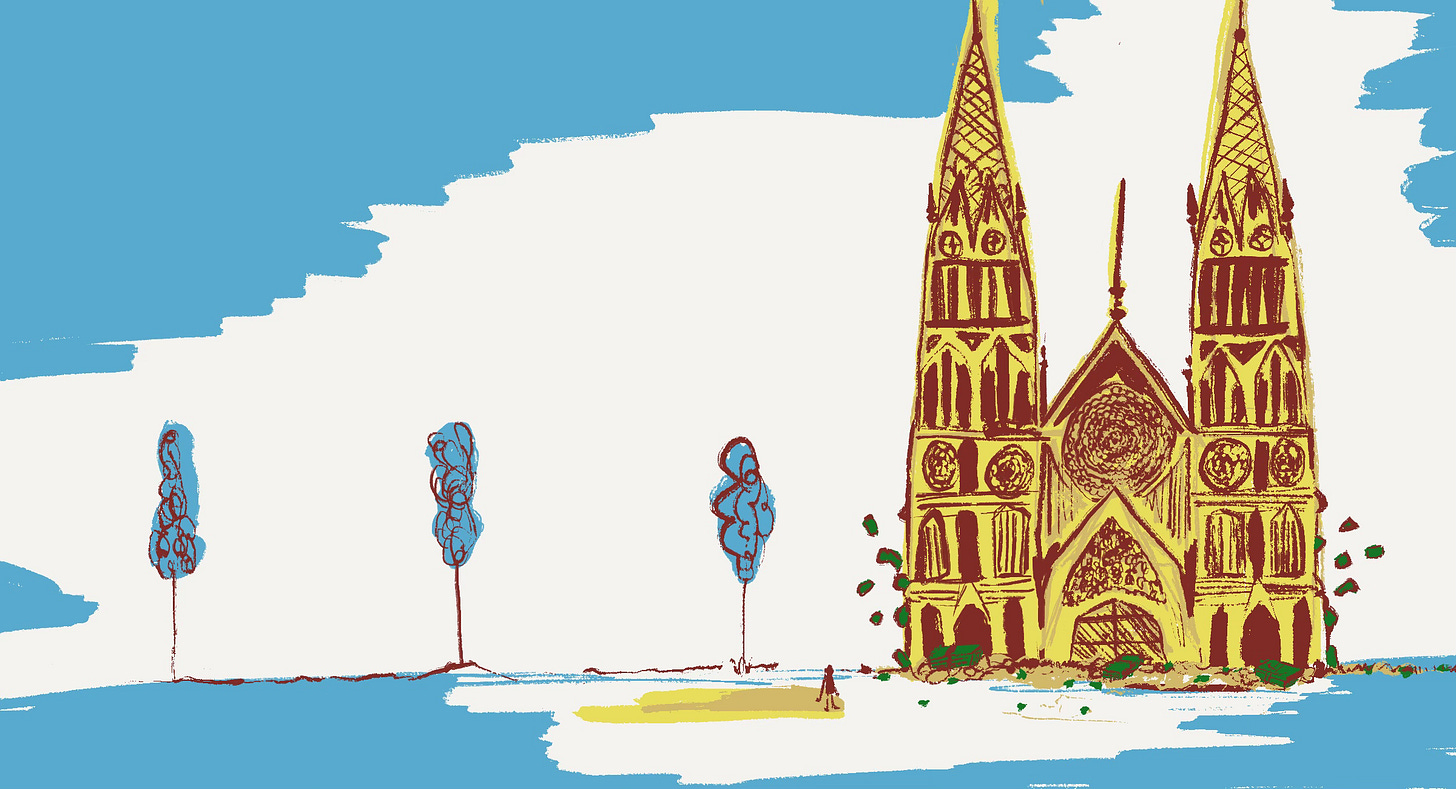Investing as a creative practice
Is financial investing one of the most underrated acts of generosity?
I speak often to peers in artistic industries. When I recall my stories from my MBA studies, sometimes they are intrigued in my choice of studies. I usually respond by sharing how learning more broadly about business opened me to a whole new level of creativity, and that my business acumen gives me the blocks to build cathedrals out of bedrooms. And of those blocks, the moment I utter ‘accounting’ and ‘finance’, I can see the blood drain from their faces.
We understand cognitively that creativity can be found everywhere. That we need only train our eyes to seek beauty, and it can be spotted, but likening art to a healthy spreadsheet is surely a stretch.
The truth is: that process of creativity unlocking in my MBA allowed me to witness business, not as an opposing force to art, but a catalyst for it. It gave me additional tools for building, shaping, and experimenting.
Creativity and art do not always fit neatly into our economies. When they do, they really do (think of your favourite fashion houses, publishing and media producers, and cultural icons). And when they don’t, we are left with some straggling artists who persist in cycles of being underfunded, undervalued, and exhausted.
Understanding that finance is more than literacy, it can act as a bridge to really integrate artistic creation. Financial fluency in this sense creates the conditions for more beauty, more soul, more culture to ripple across industries, allowing creative thinking to seed throughout economic structures, and not just in odd theatre productions and art galleries.
In short: we get to experience more beauty in the world.
Which brings me to investing. When I began investing as an early adult, it was super boring. Not the kind of boring that seasoned investors praise – steady, long-term compounding – but empty. I couldn’t yet see the link between my tiny ETF purchases and the kind of liberated, adventurous, imaginative life I dreamed of living.
At the same time, I’d hear interviews from wealthy, high-profile individuals who said that to receive money, you must be willing to give it, which to me felt like they were talking about donating more to charities and the like. I didn’t yet know what that embodied in financial terms.
What changed everything was this reframe: the act of investing is itself a form of giving.
When you invest, you are giving to something you believe in – industries, technologies, economies. You are saying, “I see your potential; I’ll give to your growth”. And when that investment produces capital gains or dividends, it’s like a little thank you in return. A ripple of reciprocity. Your money is not stagnant, it moves in its current and multiplies back to you.
The thought I wish to challenge today is really this: we often treat investing as an extraction process. Put money in, be calculated, get more money out. It completely guts out the soul. But that’s not what it truly is. What if investing is one of the most underrated acts of generosity? If that is the case, your investment dollar is more than you ‘being responsible and making your money work for you’. It’s you choosing to participate in the multiplication of life and thriving that you and the rest of humanity can benefit from.



